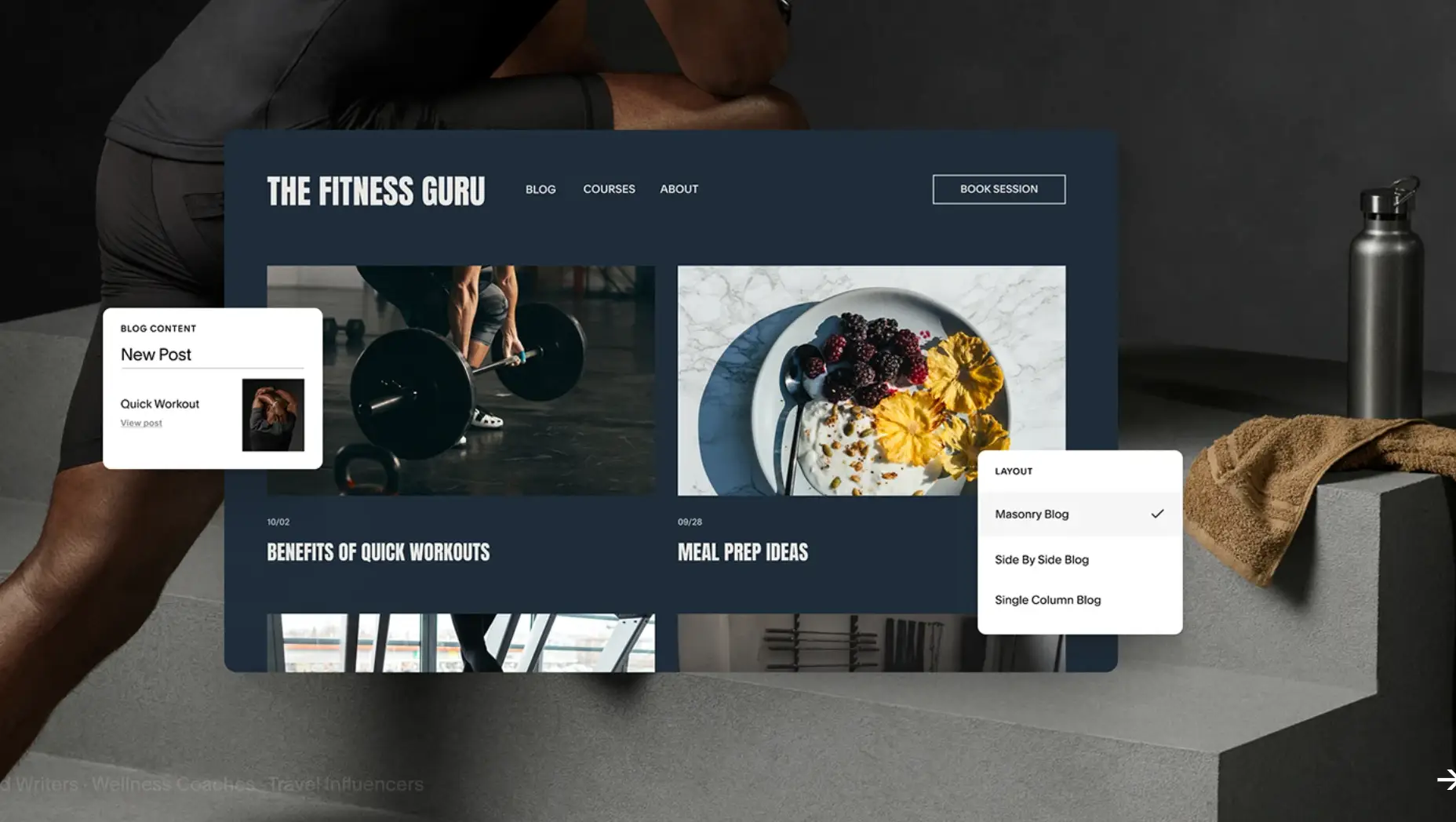How to Write a Powerful Brand Story: What Every Founder Must Include
Updated on
Published on

A clear brand story turns what you sell into why it matters—so customers remember you, trust you, and choose you when options look the same. In practice, that means learning how to find your brand story, structuring it with tension and proof, and keeping your brand storytelling consistent across web, sales, and support. Below are ten founder-friendly steps for creating a brand story that’s believable, repeatable, and easy to ship—plus examples to keep you honest and on track.
Your Brand Story Playbook
- Anchor on the founder spark: why you exist.
- Define one core audience and their words.
- State the problem and the real cost of doing nothing.
- Promise a clear, testable outcome (not features).
- Share a specific origin scene to humanize the brand story.
- Swap adjectives for proof (metrics, partners, testimonials).
- Lock voice and values to guide brand storytelling.
- Use a simple arc: setup → struggle → solve → success.
- Align copy with visuals to cement brand identity.
- Publish everywhere, measure, and refresh quarterly.
1) Find the founder spark (how to find your brand story)
Every durable story begins with a specific moment: a pain you couldn’t ignore, a system you wanted to fix, or a customer you couldn’t let down. Put that scene on paper—place, people, stakes—so your brand story has an anchor you can revisit for years. HBR notes that concrete, human scenes make strategy memorable and persuasive, especially when the story conveys a meaningful change for the audience (Harvard Business Review).
- Write 2–3 sentences that finish “We exist because…” then strip buzzwords until it sounds human.
- Highlight one sentence that could open your About page or investor deck.
2) Choose one core audience (who you’re talking to)
Brand storytelling is powerful when it speaks to one vivid person, not “everyone.” Describe your primary customer’s day, their language, and what success looks like six months after choosing you. Usability research shows that personas sharpen empathy and improve message fit when they’re built from real interviews—not guesses (Nielsen Norman Group).
- Collect exact phrases from calls/reviews and reuse them in headlines and FAQs.
- Create a one-page persona (context, obstacles, desired win) to align your team.

3) State the real problem—and the cost of doing nothing
Stories need tension. Spell out the old way, why it fails, and what it costs in time, money, or confidence. When readers feel the cost of inaction, they lean in. Well-framed stories increase attention and change attitudes more than dry facts alone.
- Example to complete: “Until now, people like you had to ___, which meant ___.”
- Add one concrete metric (hours, dollars, errors) so the stakes feel real.
4) Promise a clear outcome (not a feature list)
Your value is the outcome you deliver repeatedly. In one plain sentence, say who you help, what result they get, and what pain they avoid. Keep this promise consistent across homepage, product pages, and sales decks; consistency builds recognition and trust over time (Nielsen Trust in Advertising).
- Use: “We help [audience] achieve [result] without [pain].”
- Read it aloud—if it sounds like jargon, rewrite until a non-expert gets it.

5) Show the origin scene (human detail beats hype)
Data builds credibility; detail builds memory. Share one concrete origin scene—the late-night prototype, the failed pitch, the first customer who proved the idea worked. Specifics are stickier than slogans and make creating a brand story feel honest, not manufactured (Harvard Business Review).
- Write 4–6 vivid sentences and end on the “turn”—what changed because of it.
- Pair the scene with a real photo that fits your visual identity (no stock vibes).
6) Replace adjectives with proof (evidence)
Swap “best, innovative, world-class” for evidence customers can verify: before/after numbers, timelines, certifications, expert partners, and customer quotes tied to outcomes. Trust data shows people lean on credible third-party proof more than brand claims—especially on high-stakes choices (Edelman Trust Barometer 2025).
- List three proofs and connect each to a benefit (“so you get ___ faster/cheaper/safer”).
- Place one short case study or testimonial above the fold near your primary CTA.

7) Lock your voice and values (how you sound)
Tone is part of product. Decide whether you’re direct, warm, playful, or expert—and codify “words we use/avoid” so your brand storytelling stays on-brand across web, email, and support. Voice guidelines improve clarity and user trust when they’re explicit and consistently applied (Nielsen Norman Group).
- Create a do/don’t table (e.g., “plain English” vs. “jargon”), and add examples.
- Pick three values with a behavior under each (e.g., “Respond to every support email in 24 hours”).
8) Use a simple arc (setup → struggle → solve → success)
Structure helps scanning and recall. Lay out the context (who you serve), struggle (the costly problem), solve (what you do and how it works), and success (proof + invitation). This is the simplest, most repeatable approach to how to write a brand story people can retell.
- Draft a six-sentence version—one sentence per stage—and test it with a new hire.
- Turn each stage into a homepage section in that same order.

9) Align words and visuals (brand identity match)
Story isn’t only text—color, type, imagery, and motion should reinforce your promise. Minimal promise? Minimal design. Bold promise? Bold visuals. Consistent presentation across channels increases recognition and perceived quality over time.
- Pick one headline font, one body font, one primary color, one accent—then stick to them.
- Choose a signature image style (close-ups, before/after, candid team) and keep it consistent.
10) Publish, measure, refresh (living story)
A brand story evolves as your product and audience evolve. Publish the same core narrative to the homepage, About, product pages, sales deck, email welcome, and social bios. Track time on page, demo/booked-call rate, and close rate; refresh quarterly with new proof and tighter phrasing. Organizations that keep message discipline—and update it with data—build credibility faster (Edelman Trust Barometer 2025).
- Add two KPIs tied to story performance (e.g., demo rate, reply quality) to your dashboard.
- Schedule a 90-day review to update proof, objections, and examples.

FAQ
How to find your brand story quickly?
Interview 5–10 customers, highlight their phrases, and draft from their words.
What belongs in a brand story?
Audience, problem, promise, origin scene, proof, voice, and a clear next step.
How to write a brand story that converts?
Lead with the outcome, back it with proof, answer objections, and offer one obvious action.
Where should brand storytelling live?
Homepage, About, product pages, pitch deck, email welcome, social bios, and press kit.
How often should I refresh it?
Every 90 days—or after major product, pricing, or audience shifts.
From Spark to Signal
A powerful brand story is clear, human, and defensible. When you know how to find your brand story, speak to one audience, show the stakes, make a sharp promise, and back it with proof, brand storytelling stops being decoration and becomes a growth lever. Keep creating a brand story you can verify with data and scenes—not adjectives—and keep your play simple enough that customers can repeat it word for word.







